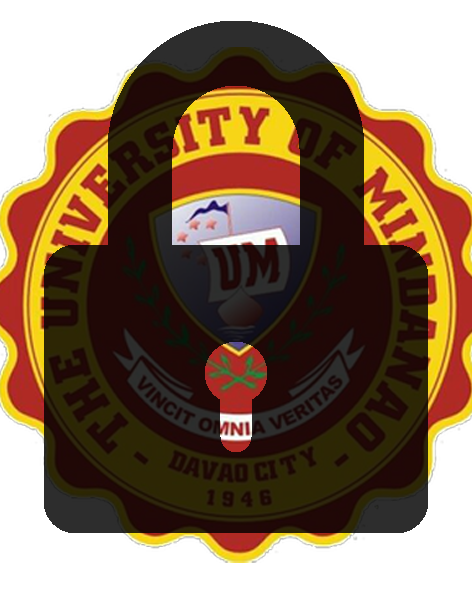Experimental investigation on the strength of sansevieria trifasciata (snake plant) with its lignocellulosic fiber as natural reinforced concrete

Date
2023-03Author
Buenavista, Kathleen Jan
Francia, Dorothy Reileen
Gelbolinga, Mary Grace
Keywords
Citation Tool
Metadata
Show full item recordAbstract
Concrete is not a good structural material on its own. There are simply too many sources of tension for it to handle on its own; as a result, in most cases adding reinforcement is needed to increase its strength. The goal of this study is to get more knowledge about the sansevieria trifasciata ber, which may be utilized to reinforce concrete naturally and increase its compressive and flexural strengths, checking visible cracks and continuing the incomplete study of the previous researchers about using sansevieria trifasciata ber as strengthening
material for reinforced concrete. Compressive and flexural strength tests and re-resistant tests were used to evaluate the strength of the different design mixtures with 0%, 0.1%, 0.3%, and 0.5% of fiber. The Analysis of Variance (ANOVA) and Scheffe's method were used to analyze all the results. The samples were statistically comparable in the compressive strength and re-resistant tests, which means there are no significant differences. However, in the flexural strength test, comparing the 0.1% design mixture with the other mixtures shows a considerable difference, and its mean flexural strength is above the minimum standard flexural strength of concrete. Adding 0.1% of sansevieria trifasciata ber in the design mixture shows that it exceeded the value of the minimum standard of M25 grade as per IS 456:2000, which can be concluded that it is safe to use sansevieria trifasciata ber as a natural reinforced concrete to significantly improve the concrete's exural strength, as well as it helps in minimizing the cracks and lowering the chance of spalling to occur.
Collections
- Undergraduate Theses [639]
Publisher
College of Engineering Education
